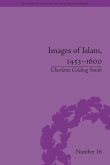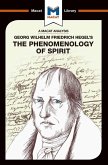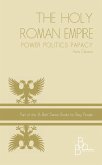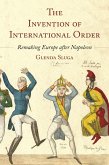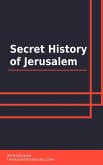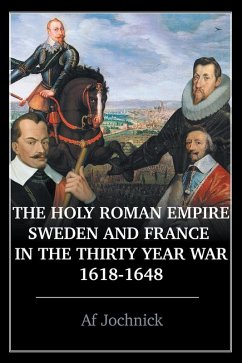The book skillfully navigates through the Empire's intricate political structure, where power was distributed among hundreds of semi-autonomous territories, making it fundamentally different from other European monarchies of its time. Through careful analysis of primary sources, including imperial decrees and ecclesiastical documents, the narrative examines crucial turning points such as the Golden Bull of 1356, which formalized the election process of Holy Roman Emperors, and the transformative Thirty Years' War.
The author draws from recent archaeological findings and previously untranslated medieval documents to offer fresh perspectives on how this political entity maintained its influence despite constant internal tensions and external pressures. The book progresses chronologically while weaving in thematic analyses of legal, economic, and cultural developments, demonstrating how the Empire's federal structure created a lasting impact on modern European politics and law.
From Charlemagne's influence to Maximilian I's reforms, the study illuminates how this remarkable political experiment managed to sustain itself for nearly a millennium, leaving an indelible mark on concepts of sovereignty, federalism, and international relations that continue to resonate in contemporary European governance.
Dieser Download kann aus rechtlichen Gründen nur mit Rechnungsadresse in A, B, BG, CY, CZ, D, DK, EW, E, FIN, F, GR, H, IRL, I, LT, L, LR, M, NL, PL, P, R, S, SLO, SK ausgeliefert werden.



